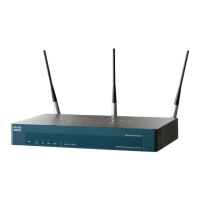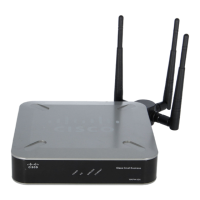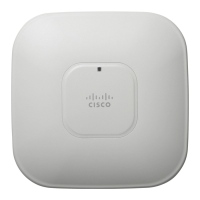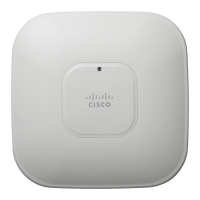7
Cisco AP541N Dual-band Single-radio Access Point Quick Start Guide 129
Clustering Multiple Access Points
The Cisco AP541N supports access point clusters. A cluster provides a single
point of administration and lets you view, deploy, configure, and secure the
wireless network as a single entity rather than a series of separate wireless
devices.
Managing Access Points in the Cluster
The access point cluster is a dynamic, configuration-aware group of access points
in the same subnet of a network. Each cluster can have up to 10 members. The
cluster provides a single point of administration and enables you to view the
deployment of access points as a single wireless network rather than a series of
separate wireless devices. A network subnet can have multiple clusters. Clusters
can share various configuration information, such as VAP settings and QoS queue
parameters.
A cluster can be formed between two access point
s if the following conditions are
met:
• The access points use the same radio mode. (For example, both radios use
802.11g.)
• The access points are connected on the same bridged segment.
• The access points joining the cluster have the same Cluster Name.
• Clustering mode is enabled on both access points.
NOTE For two access points to be in the same cluster, they do not need to have the same
number of radios; however, the supported capabilities of the radios should be
same.

